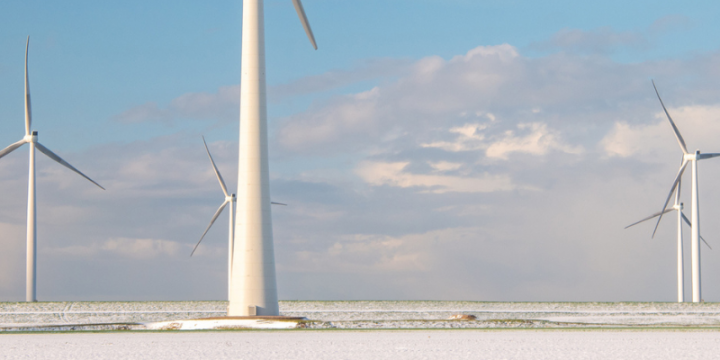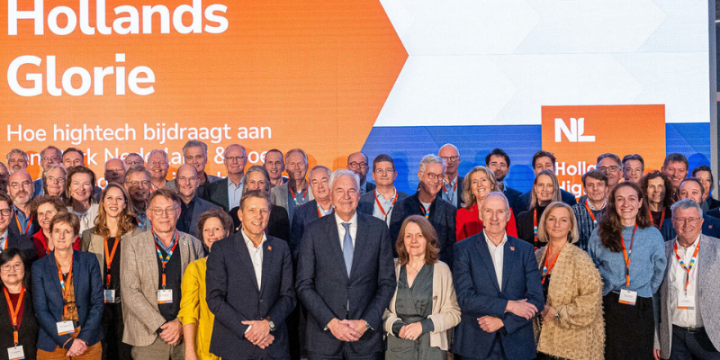Market demand for batteries will soar from around 800 GWh in 2022 to 4,900 GWh in 2030, LFP batteries will soon become mainstream, sodium-ion cells enter the market and battery players must move quickly to secure raw material supplies. These are among the key findings of the Battery Monitor 2023 report, prepared by Roland Berger in collaboration with the PEM group at RWTH Aachen University. The latest edition of the annual report assesses the entire battery value chain, breaking it into digestible chunks from materials to recycling. Each chapter offers market updates in the areas of sustainability, technology performance, competitiveness and innovation, as well as providing key strategic implications for market players.
Batteries are a cornerstone of the green transition. Without them, there would be no electric vehicles, ships or aircraft, and few storage options for renewable energies. As a result, the battery market, and in particular the market for lithium-ion (Li-ion) power cells, is booming. But this growth also presents huge challenges – batteries are resource intensive, current technologies are imperfect and the industry suffers from a sustainability problem.
So what does the future hold?
The annual Battery Monitor report provides a comprehensive assessment of the entire battery value chain and its future direction. The 2023 edition again consists of six chapters, on materials, production, performance, usage and second use, and one offering an overarching market view. Below we look at some of the key highlights and implications.
A fully charged market
The battery market continues to grow at pace with a global CAGR of 34% until 2030, resulting in a demand of around 4,900 GWh. This is 900 GWh higher than the forecast made in 2022. Announced global capacity has also increased significantly and is now expected to reach around 8,930 GWh in 2030. However, we do not expect overcapacity in the market due to market consolidation.
Read more about the need for material change, Greener cars, faster charging.





